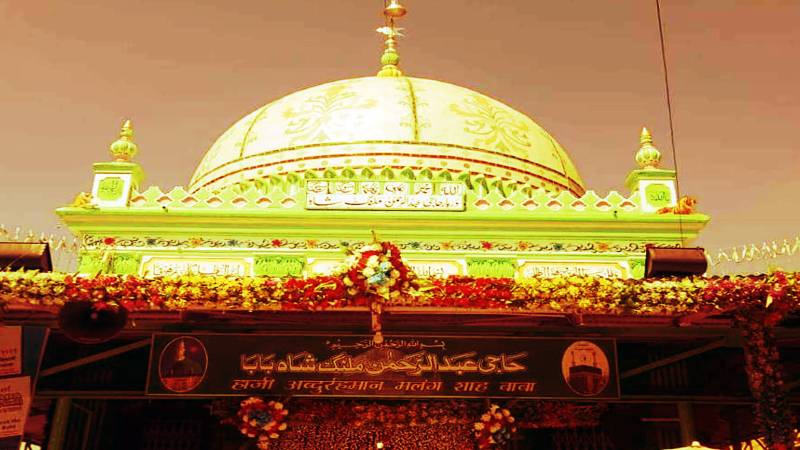
A senior Indian political figure announced that he wanted to "liberate" Haji Malang Dargah, a Sufi shrine frequently visited by Indians of all faiths, only for Hindus.
Cherylann Mollan of the BBC visited the shrine to discover more about the topic.
To get to the prized Sufi saint's tomb, which is now a location of contested history, tradition, and religion, one must climb about 1,500 rock-carved stairs. It's not a simple task.
The Haji Malang Dargah (shrine), located on a hill near Mumbai in the western state of Maharashtra, is said to house the remains of an Arab missionary who came to India over 700 years ago.
Despite being at the center of a doctrinal debate, the dargah, like many other Sufi shrines in India, is seen as a sign of absorption and tolerance.
When the BBC correspondent visited the saint's grave, both Muslims and Hindus brought flowers and a chadar—a piece of cloth provided as a gesture of respect in Sufi traditions. It is thought that requests made with a "pure heart" will always be fulfilled.
The administrative board of the shrine reflects this ethos of courteous coexistence, with hereditary caretakers from a Hindu Brahmin family and two Muslim trustees.
However, during a political event earlier this month, Maharashtra Chief Minister Eknath Shinde caused outrage by recalling a long-forgotten claim. He declared his desire to "liberate" the edifice, which is often referred to as a dargah, and claimed it was a Hindu temple.
Shinde declined to respond when contacted by the BBC.
His remark comes at a time when some well-known mosques and Muslim-made monuments in India are facing legal challenges over allegations that they were established by razing Hindu temples hundreds of years ago.
Shinde's political mentor, Anand Dighe, spearheaded an initiative to "reclaim" the Haji Malang Dargah for Hindus in the 1980s. He is claimed to have led 20,000 Shiv Sena party members in a pooja (a Hindu act of worship) inside the dargah in 1996.
Since then, Hindu hardliners have used the temple to perform poojas on full moon days, referring to the edifice as Malanggad. This has occasionally resulted in clashes with Muslim worshipers and locals.

